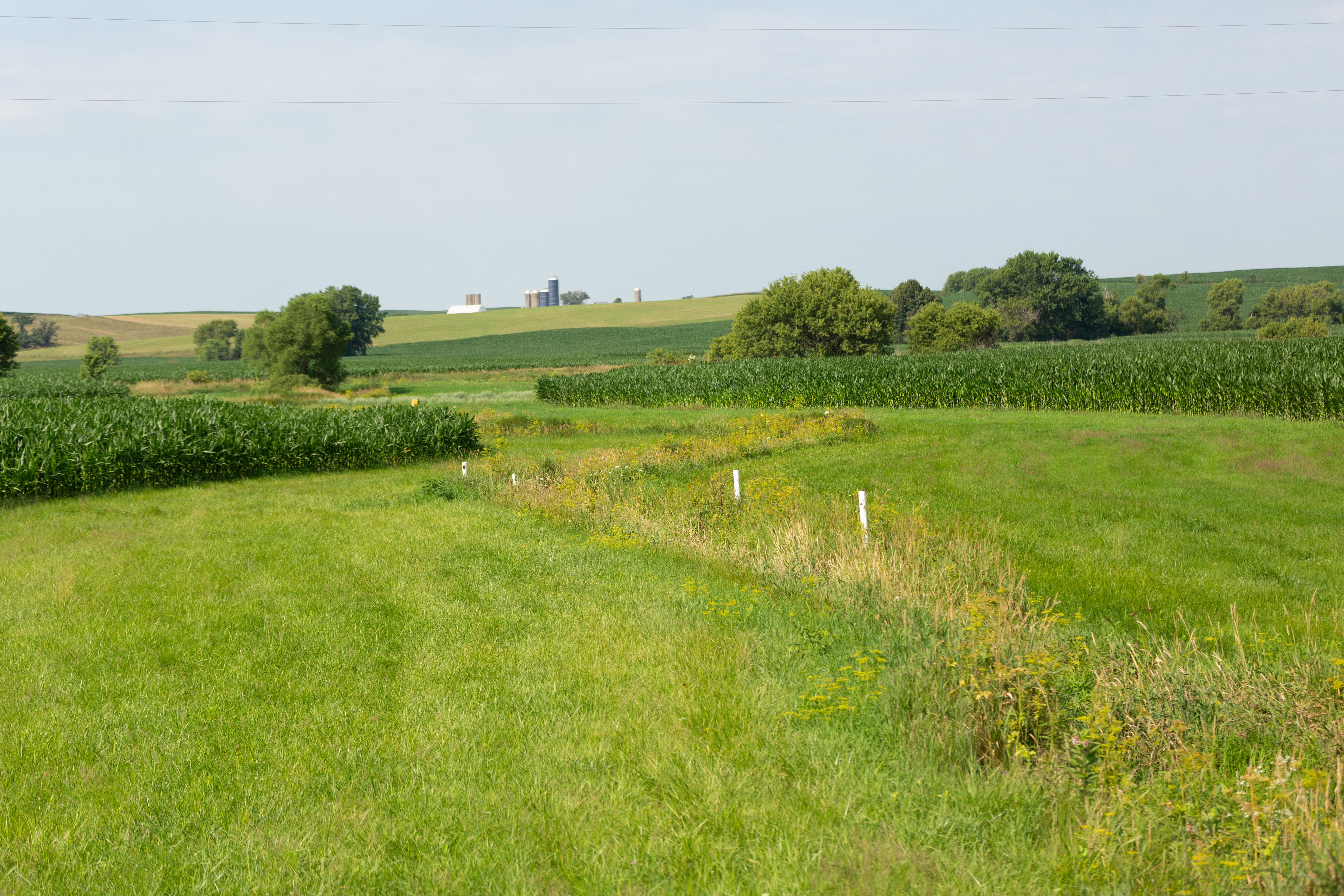
(Photo credit: Joclyn Bushman/Iowa Soybean Association)
ISU academics offer a glimpse of carbon market
August 12, 2021
Iowa State University faculty were featured Wednesday during a public ISU Extension and Outreach webinar discussing the resurgence of interest in the carbon credit market. As the demand for carbon credits has grown recently, so too has public interest, leading Iowa farmers to ask questions in an effort to learn more.
“Unless you’ve been living under a rock you have to know about the emerging carbon markets,” Marshall McDaniel, assistant professor in soil-plant interactions at ISU, says. “I see carbon markets in the headlines no matter where I look, … even in the Rolling Stone (magazine) they’re talking about soil carbon and paying farmers for (carbon sequestration).”
“What do you actually trade in the carbon market?” Chad Hart, ISU professor and extension economist, asked. “Think of carbon credit as a tradable asset like a certificate or a permit. … What you’re trading is an asset that represents the right to release or emit carbon into the atmosphere. The idea is the credit can be created in a bunch of different ways.”
Hart said the emerging carbon market is coalescing around the metric of one carbon credit being equal to one metric ton — or 2,204 lbs. of CO2 or an equivalent greenhouse gas. Crop and livestock producers can participate in creating carbon credits in a variety of ways, such as transitioning from conventional tillage to no-till practices, planting cover crops, reducing fertilizer rates. The ISU economist said the timing of adopting such practices matters as more focus is put on the future than the past.
“With a carbon credit you need a baseline,” Hart says. “For most cases, the baseline is: what are you currently doing?
He added, “The key word thrown around is additionality, additional carbon savings that can be created in the future, not necessarily looking at carbon savings that have occurred in the past, because those are sort of baked into the baseline.”
Today’s landscape
The economist says the carbon market may be attractive to farmers who are considering new conservation practices on their farms. Examining the current carbon programs Iowa farmers are working with today, Hart says there are currently two approaches to measure how farmers are sequestering carbon: the practice-based approach and the outcomes-based approach.
“(The) practice-based approach is where instead trying to directly measure carbon in some way shape or form, … we’ll pay you based upon making those changes and practices on the farm,” Hart says. “The outcomes-based approach is where we are actively trying to directly measure the carbon being saved or sequestered through these practices.”
Reviewing popular carbon programs, McDaniel said he appreciates soil sampling present in some options — like The Soil and Water Outcomes Fund — because it shows an interest in monitoring soil carbon changes.
Tomorrow’s potential
Kristine Tidgren, adjunct assistant professor and director of the Center for Agricultural Law and Taxation, suggested farmers consult legal counsel when signing a legal contract.
“We really need to be informed about what we’re signing,” Tidgren says. “In the end, the little bit of money to pay up front to have someone review the contract for you will likely be much less than to enforce or defend something later on down the road.”
Hart says with the framework of the carbon market becoming more defined through public and private sector involvement and interest, it’s likely a standard market structure will eventually coalesce.
“We have all these ingredients to create a fully functional market but we’re still working there as we go forward,” says Hart. “We’re in the process of creating a market, that’s a long journey. … Within agriculture we’ve also been looking for those potential secondary markets we can participate in as well as our primary markets growing the crops. (This) represents the best secondary market we’ve seen in some time.”
To watch the ISU webinar in its entirety, visit extension.iastate.edu/agdm/info/currentissues.html.
Back